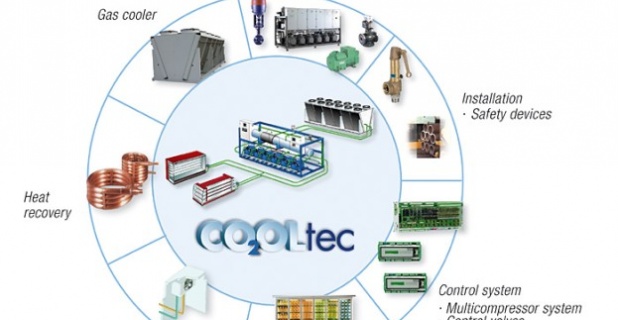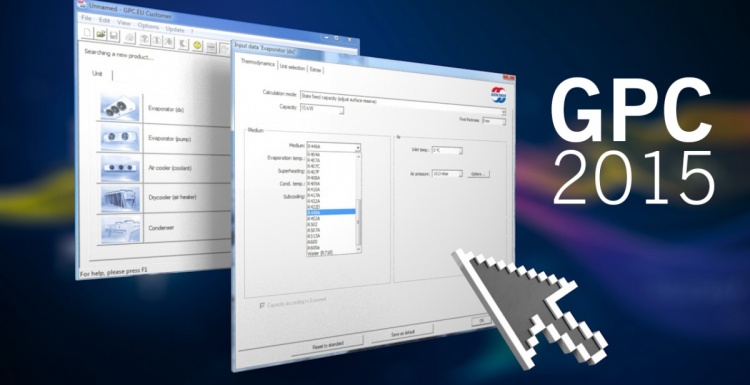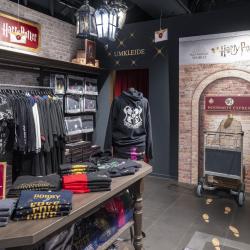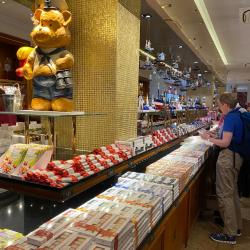Product • 12.03.2008
Engineering CO2OLtec™: Experience-based Know How
Carrier’s innovative concept CO2OLtec™, which debuted at EuroShop 2005, offers welcome relief to food retailers concerned about global warming and the environment. Carrier Corp. is a unit of United Technologies Corp. (NYSE:UTX). Carrier’s refrigeration systems and display cabinets offer energy saving features that provide financial benefits to food retailers. In addition, the use of natural refrigerant carbon dioxide (CO2) offers food retailers an environmentally sound solution.
Carrier has the right refrigerant solution for every application, but believes that every application will not have the same refrigerant solution. In supermarket refrigeration, CO2 can be used as a natural and cost-effective refrigerant*. The CO2OLtec™ technology, based on CO2, is a viable long-term solution that does not fall under the scope of the EU F-gas regulation 842/2006, and significantly reduces direct and indirect emissions. CO2 refrigerant operates via compressors that produce very low noise levels. Smaller pipe diameters are possible too, due to the 4- to 6-fold higher volumetric cooling capacity of CO2.
The application of CO2 for deep temperature installations in 2000 cleared the way for the new technology. With the first trans-critical refrigeration plant for normal temperature installed in a hypermarket in 2004, the concept expanded.
Today, Carrier’s CO2OLtec™ system is gaining traction in the European food retail segment, with particular success in Switzerland, Germany and Scandinavia. For low temperature applications, 120 stores with a total of 3,900 kW installed cooling capacity are in operation today; in addition 22 stores are equipped with CO2OLtec™ technology for medium temperature with a total capacity of 4,000 kW.
In 2005, Carrier received the "Cooling Industry Award” for its innovative use of CO2.
At EuroShop 2008, Carrier presented several refrigeration systems on display based on CO2OLtec™ technology. Computer animations illustrated the technique and explain the differences with traditional refrigeration concepts.










